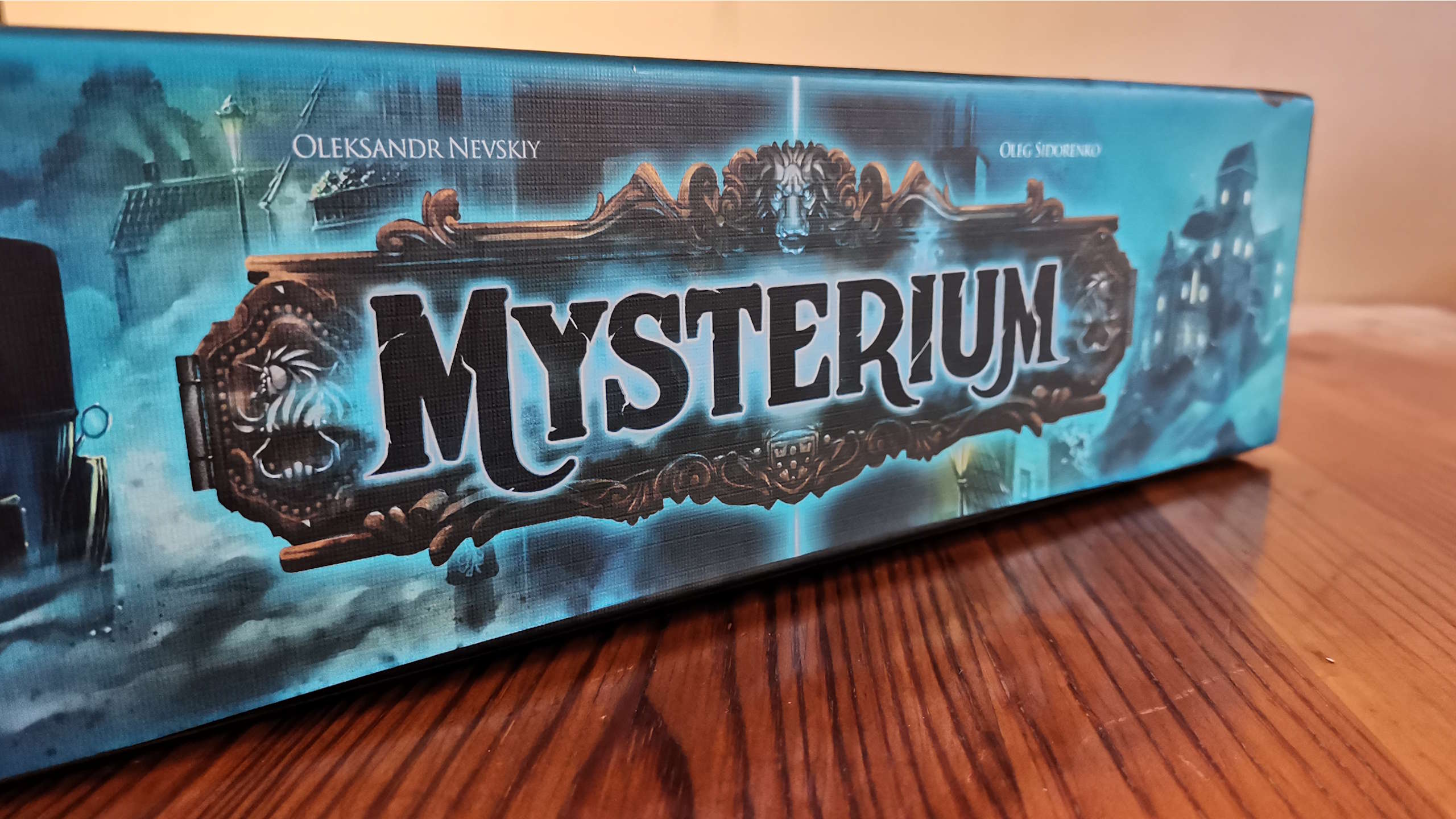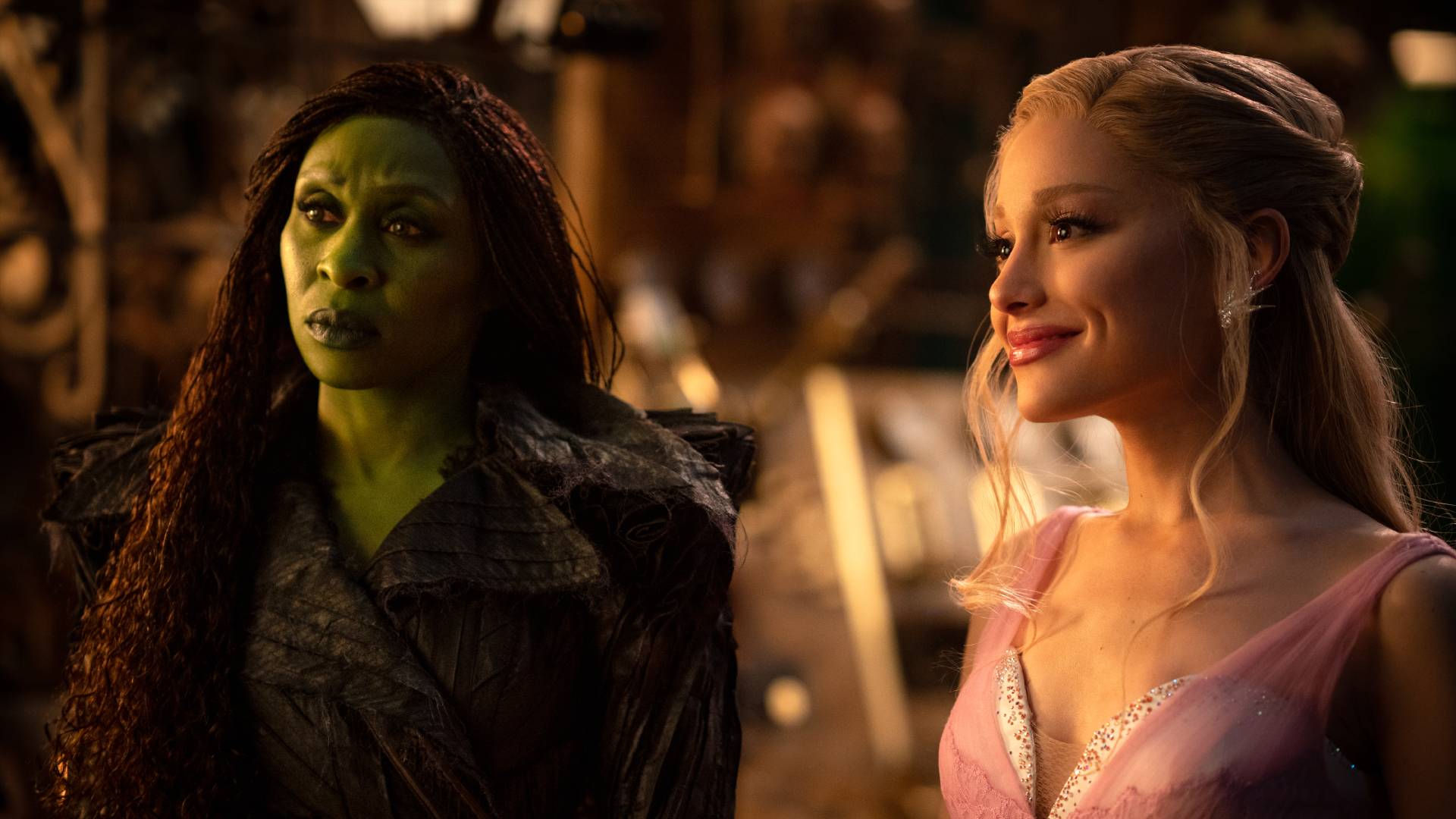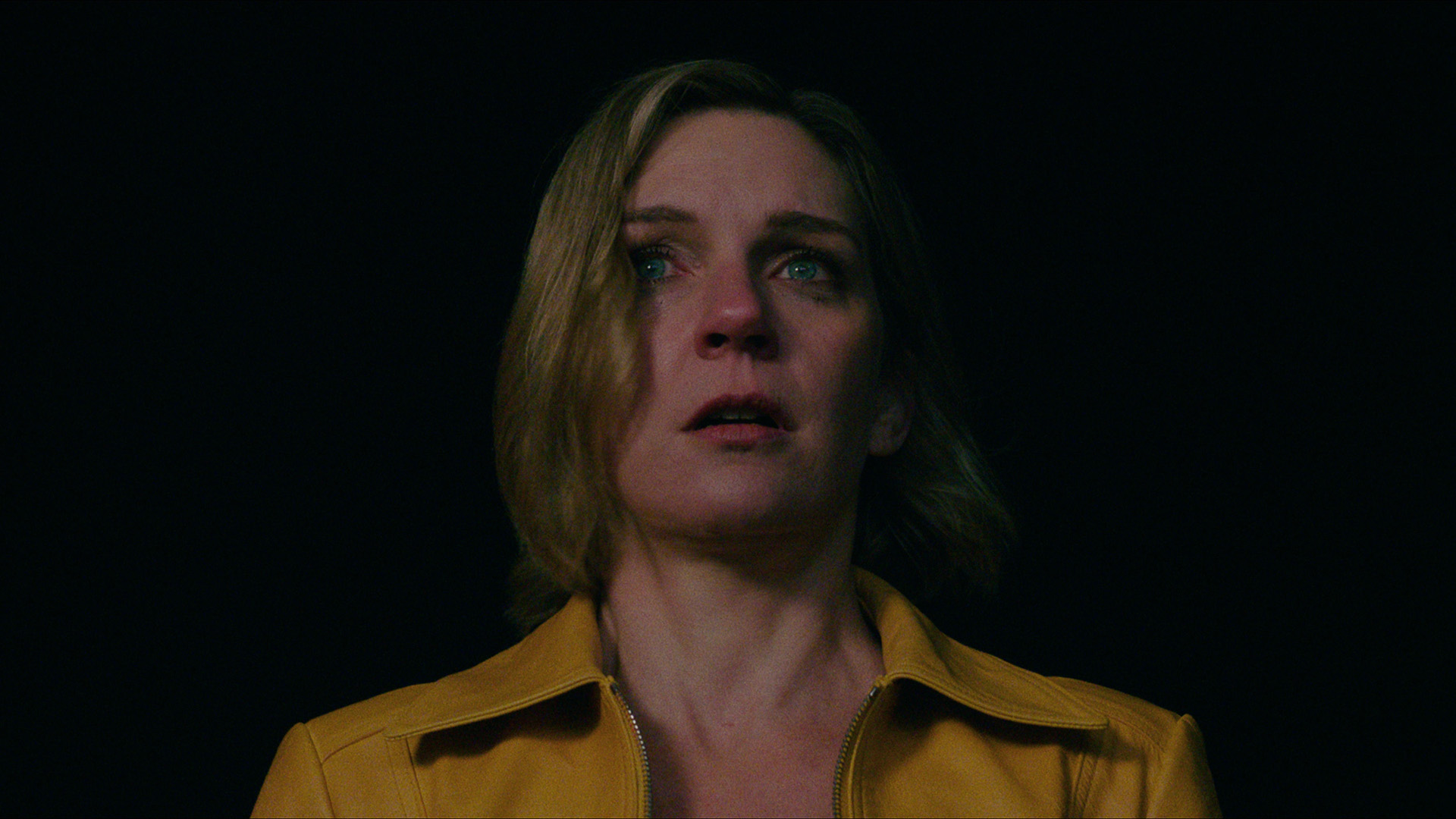Splatoon 3 took Nintendo's paint-'em-up series to new heights – and while doing it, proved shooters need more imagination
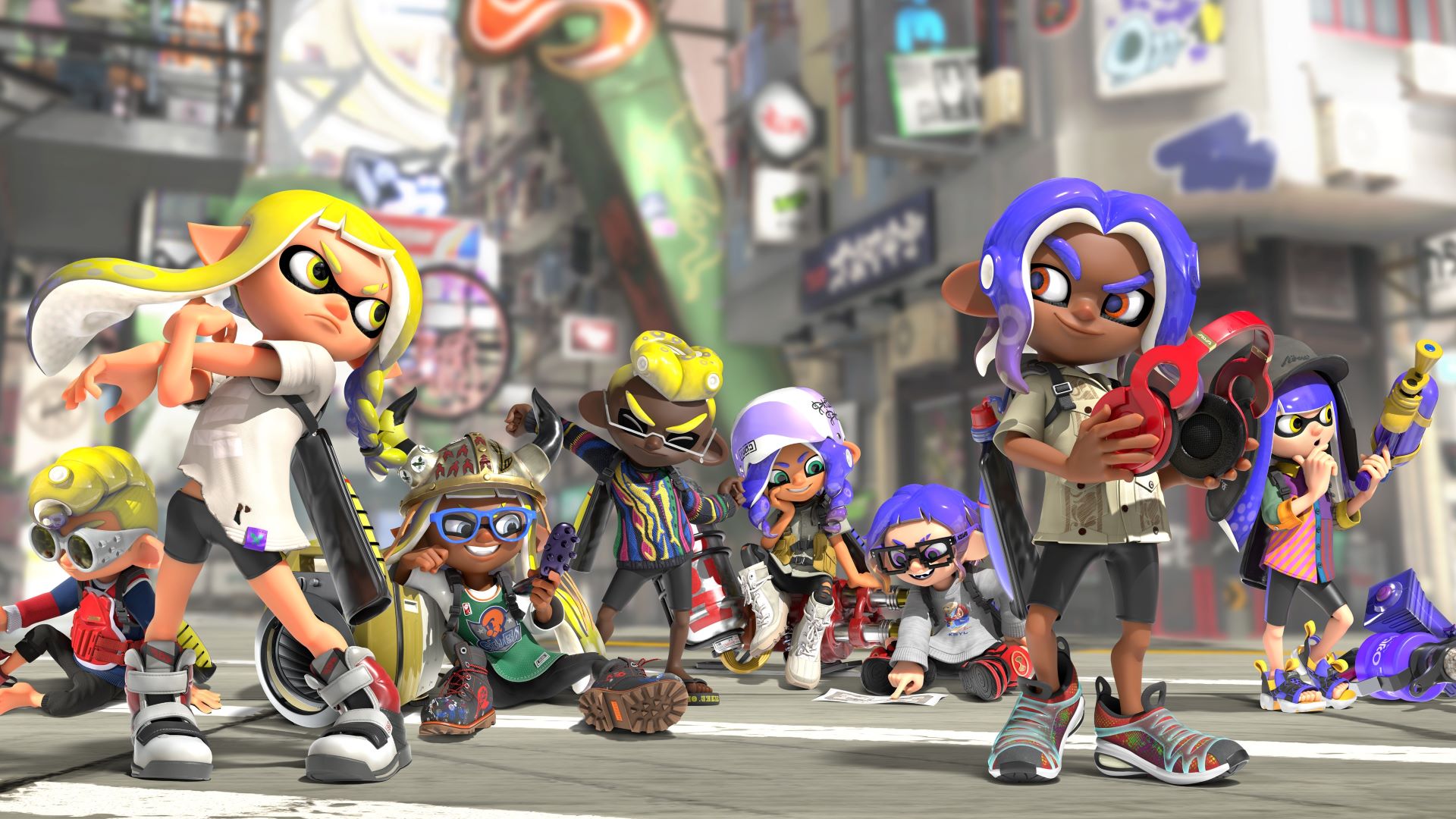
Splatoon 3 might look like a cute and colorful party game, until you play through the story and realize it’s a post-apocalyptic world where humans are dead and you have to take down a mutated bear in a massive space battle.
The Splatoon series, which debuted on Wii U in 2015, was always Nintendo’s answer to the meteoric rise of the shooter genre – and the record-breaking popularity of games like Call of Duty and Halo. But Splatoon has never been just your typical shooter.It had to have that Nintendo twist, which in this case is the turf war format of covering the ground in your teams’ color of ink. The concept of Splatoon has been strong since the beginning, but Splatoon 3 is where the series’ bizarre style really came to life, and where the whole package truly felt cohesive.
Paint by numbers
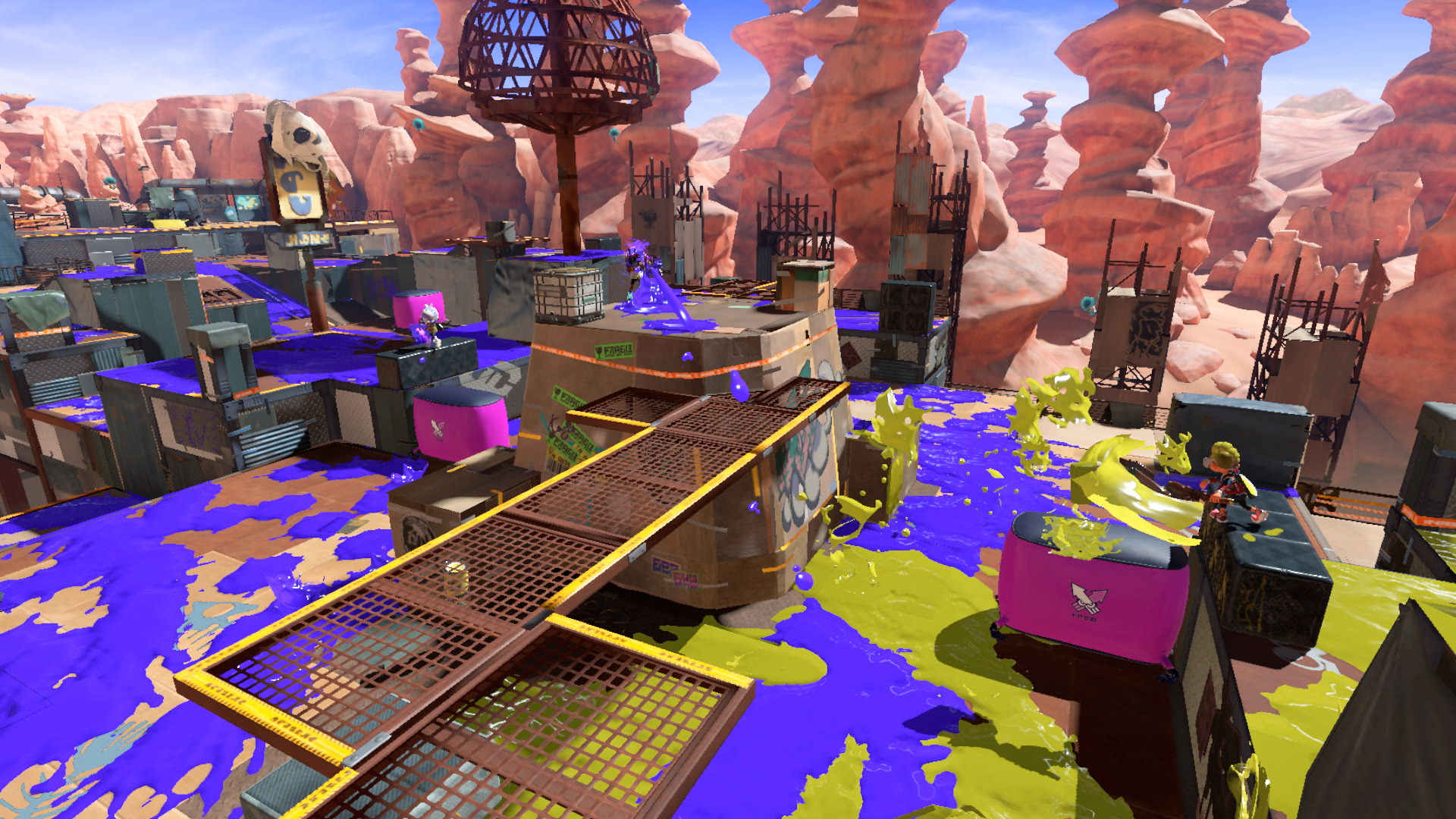
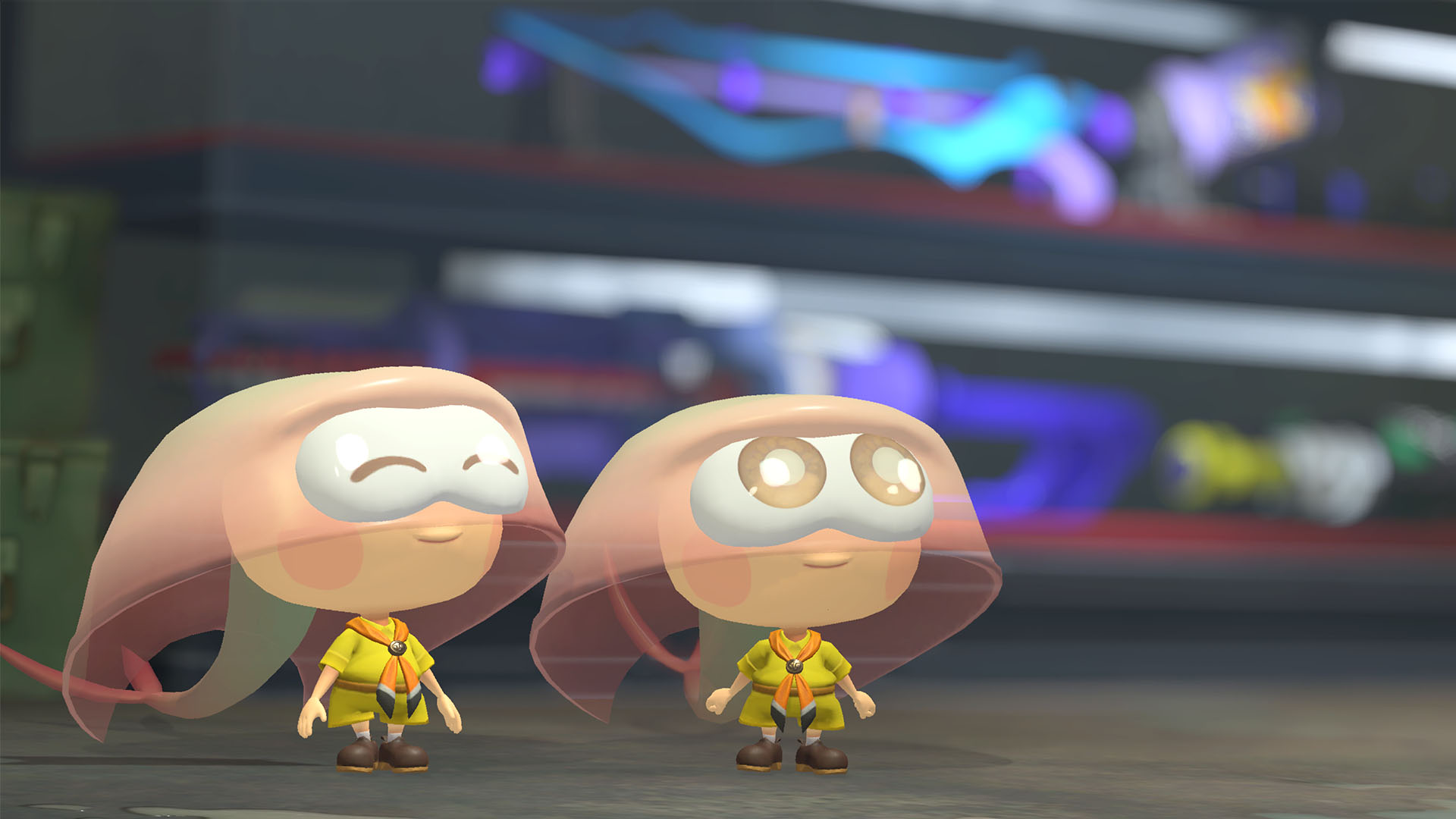
Splatoon 3 review: "Nintendo's threequel has flashes of brilliance everywhere"
From the second you boot up Splatoon 3, you know you’re in for something wholly unique, as your little inkling sets foot into the Splatlands, which feels like a neon-drenched alternate universe take on Mad Max’s wasteland. That comparison actually goes even further, as the campaign is filled with secret bits of lore to uncover – weaving a cryptic tale about the fall of humanity and the rise of sentient cephalopods.
Every aspect of the game is tinged with a surrealist sense of dark humor, from shady backstreet merchants to the way the co-op mode is themed as an exploitative minimum wage job. There’s even a huge singing manta ray simply called Big Man. But all of the humor and set dressing only works so well because of how interconnected Splatoon 3’s systems and modes are, how everything fits together in concert to provide one of the most robust shooter experiences ever seen — whether from Nintendo or not.
Splatoon 3 may not have been a giant leap over Splatoon 2, but it's an example of pure refinement bolstered by a bit of experimentation. The three modes feel more intrinsically linked here, with the campaign serving as a gateway to the rest of the modes – the game’s main villain, Mr. Grizz, only hatches his plan because of the money players have made him in the horde-like Salmon Run mode.
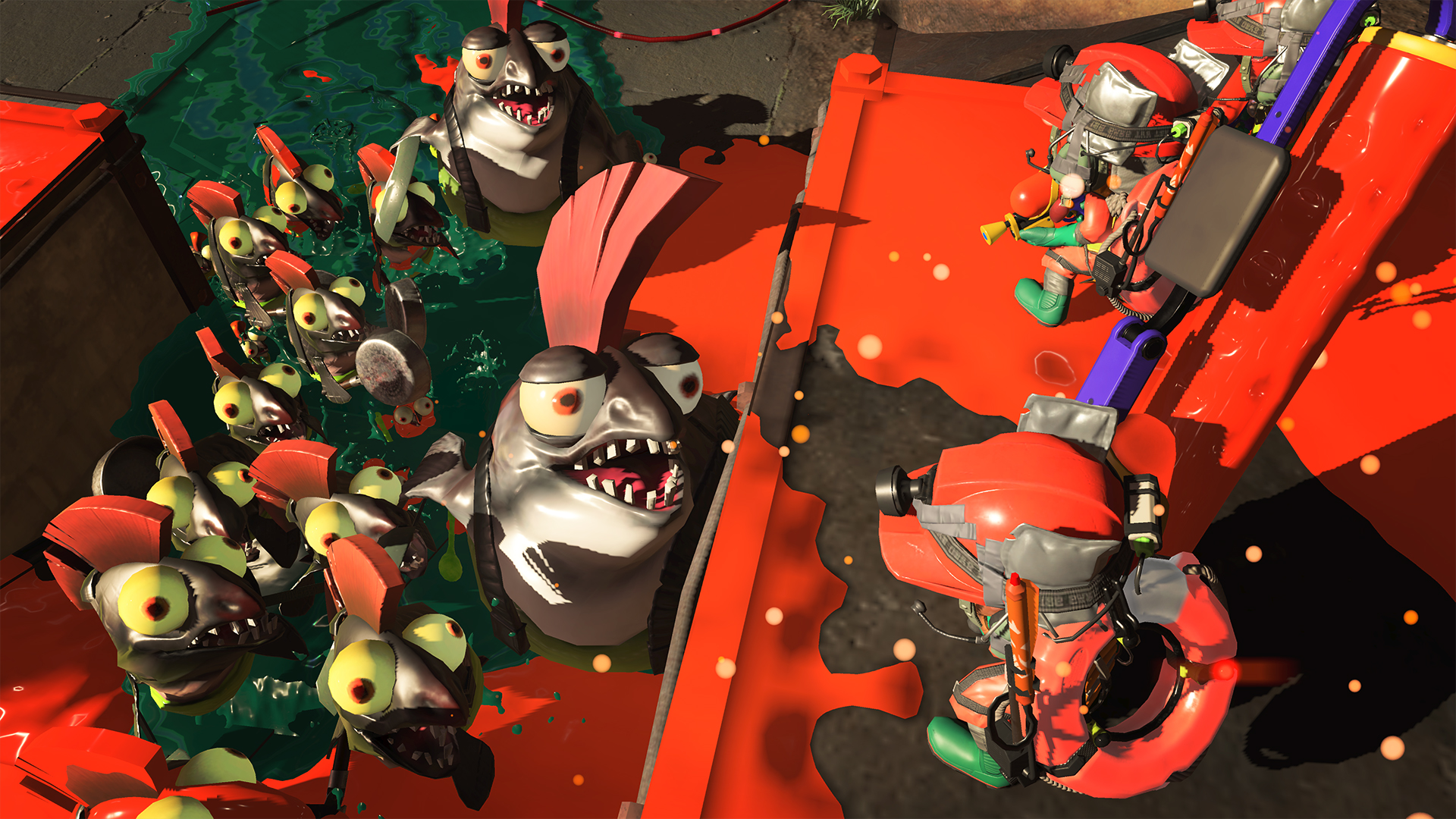
The campaign is where Splatoon 3 really shines, which is especially nice to see considering the shooter genre at large has drastically veered toward multiplayer and often feels like it's lost the art of a good single-player experience. The brilliance is that Nintendo sneakily combined a shooter with a platformer, one filled with the colorful and distinct boss battles you’d expect from any Mario game. The single player levels are built on the same movesets as multiplayer, but require you to think about the way your characters interact with the world differently.
There’s so much variety crammed into the 70-plus bite-sized missions. In one, you need to time your jumps to avoid shockwaves on the floor, like a deadly ballet. Another has enemies that are upside-down on platforms, surprising you by flipping over to attack whenever you get near. A third one puts you in the cockpit of the deadly Crab Tank, playing out like a blitzkrieg where you blast through enemies to get to the end. Each and every level feels markedly different, and it’s all woven into an overworld packed with secrets, and those aforementioned bits of cryptic lore. Splatoon 3’s campaign feels vibrant and experimental, and that’s before you even talk about the brilliant roguelike twist the Side Order expansion brings.
Weekly digests, tales from the communities you love, and more
And while Splatoon 3’s other modes may not be as big of a change from the previous game, there’s still a permeating sense of inventive experimentation. The hub world feels more like a living city, with player characters milling around everywhere, and a new Tetris-like card game to serve as a distraction. That lived-in feeling then gets boosted even more during Big Runs, when Salmonids invade the actual streets of the city and seriously up the ante for the survival mode.
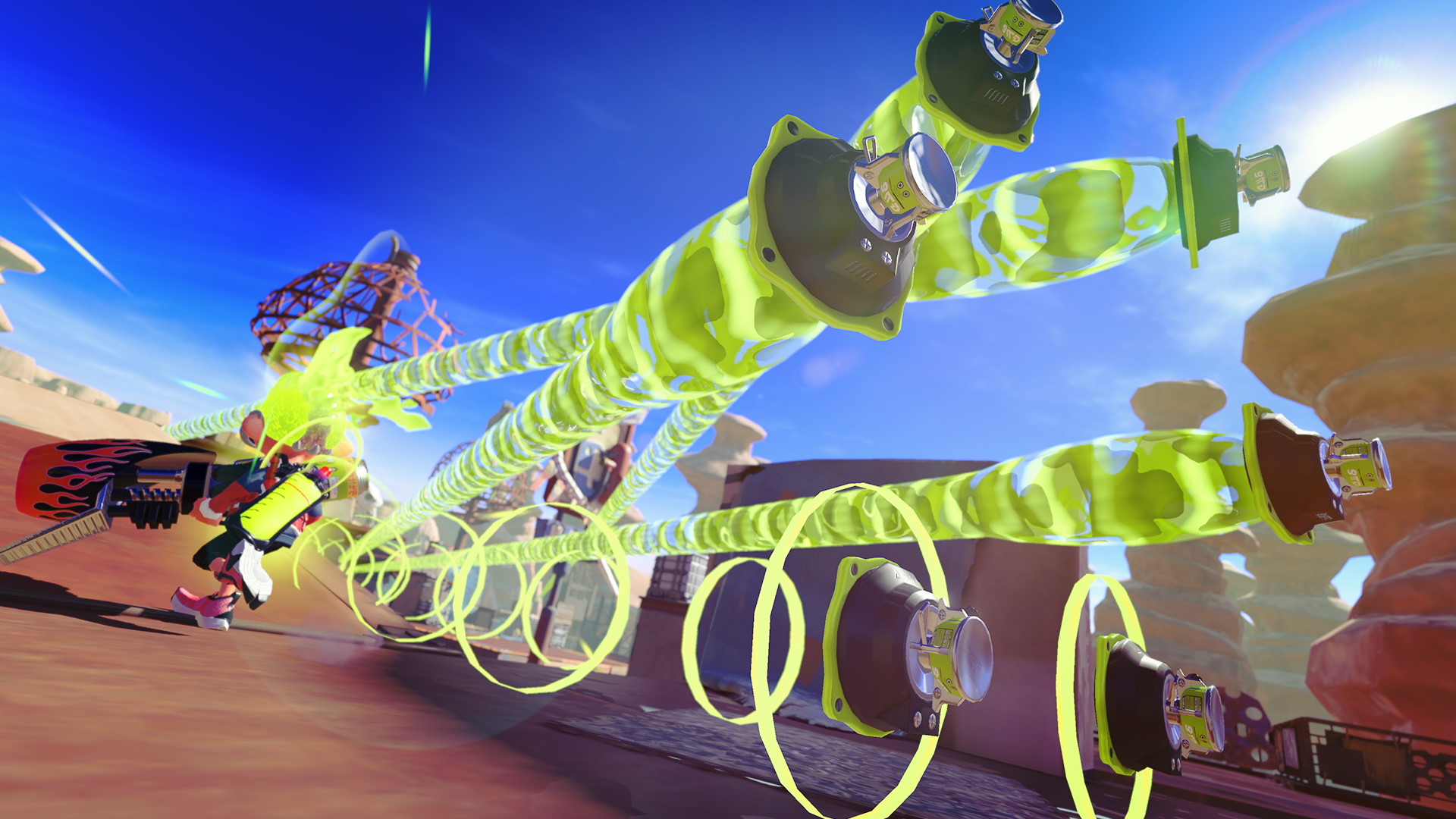
Multiplayer also introduced the idea of Challenge Modes, giving players matches that have specific parameters that feel incredibly chaotic, in a fun way. In one, everyone is given a different random weapon at the start of the match – in another player’s jump height is significantly increased, making it feel like you’re playing in the moon’s gravity. These Challenge offerings were on top of a more refined control scheme and selection of multiplayer offerings.
Any single mode in Splatoon 3 is enough to justify spending time with the game, but all three combined create a stellar package that just about no other shooter on the market can match. With Splatoon 3, Nintendo proved that shooters can be so much more than a multiplayer experience, and an imaginative campaign can not only serve as a vital piece of the game, but also a way to lift up the other modes. The campaign’s story lays out legitimate reasons these adorable Inklings feel the need to engage in brutal Turf Wars, and while that’s not something we ever needed, it’s a hilarious piece of context.
Splatoon 3 proved that even after all these decades, one of Nintendo’s key defining traits is still imagination. This is the only shooter where you can watch an anthropomorphic manta ray put on a concert, steal some Salmon eggs with your friends, and then duke it out in white-knuckle multiplayer matches. The absurdist visual style and story themes give Splatoon an edge that you can’t find anywhere else, and it’s driven home by three experiences that all feel different but still intrinsically part of one big package.
We've rounded up a list of the best FPS games for you to play next, along with everything you need to know about the Nintendo Switch 2 before it arrives

Hayes Madsen has covered video games for nearly 15 years, with work appearing at Inverse, IGN, Rolling Stone, and more. Before writing about video games he worked as a local reporter in Denver, Colorado. When not working, he’s most likely regretting the decision to play every single RPG that releases.
You must confirm your public display name before commenting
Please logout and then login again, you will then be prompted to enter your display name.
